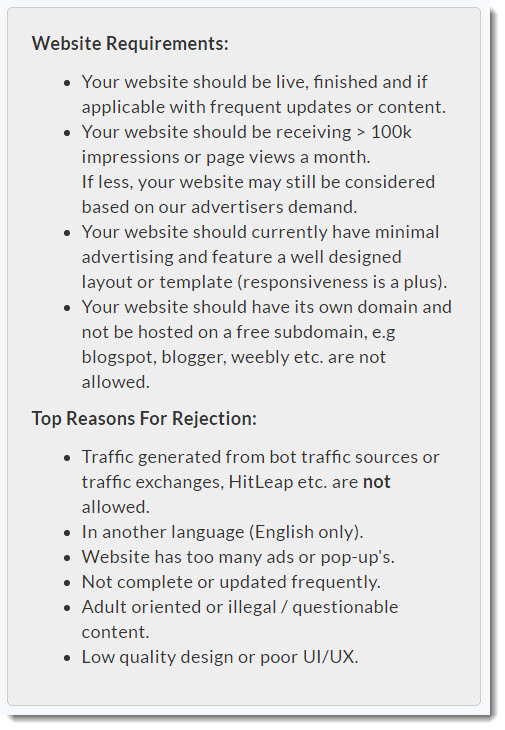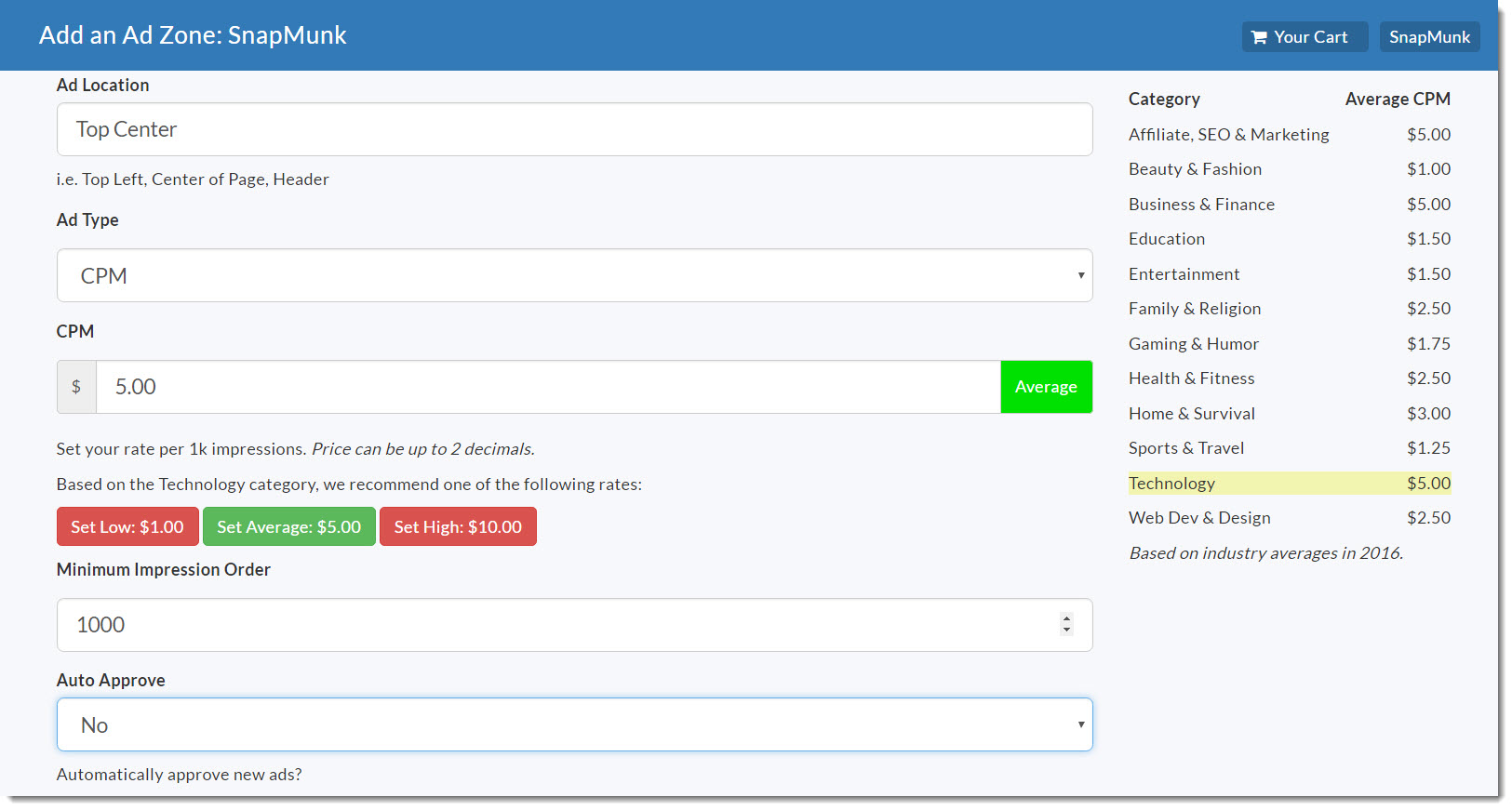A lot of people talk about launching a website or a blog, but few actually get their ducks in a row to do it. For those that do get a digital property off the ground, the next major hurdle is filling it with compelling content; maintaining a robust, relevant flow of unique material so that there is enough ongoing traffic to generate revenue.
Cracking the 6-figure traffic mark is a rare feat, but luckily, it can also be a lucrative one. When it happens, it is very important that no time is wasted in launching—or managing—a monetization strategy; with the technology and innovative solutions available today, it should be quick, painless and require no professional services or middle-men to get going. One easy-to-implement (and even easier to manage) option to consider for accumulating a decent chunk of passive ad revenue is AdClerks.
As a publication that plays in the display game ourselves, we are always looking for ad revenue alternatives to either expand and diversify our network reach, or to simply make sure we aren’t unnecessarily glued to an easy incumbent (e.g., BuySellAds) at the expense of opportunity and flexibility. AdClerks offers both a simplicity and a reach that makes it just such an appealing alternative.
To begin, the whole thing is DIY, starting from the dead simple setup. You first create a free account and then take a few minutes to set up a website profile: Site Title, URL, Category (e.g., Beauty & Fashion, Business & Finance, Sports & Travel, Technology, etc.), Keywords with which your site is more appropriately associated, your Facebook page and your Twitter handle. You can also create a thorough description of the site, the audience and the overall appeal, and then you’re set. (You can set up as multiple sites at no extra charge.)
You’ll note that no just any site will be accepted into the AdClerks marketplace; there are a number of criterion a site must satisfy to ensure that anyone coming in to purchase ad space is represented within an active and credible brand. Assuming you qualify, after quickly setting up that profile, you’re ready to run.
Everything revolves around Ad Zones. Both the concept and the implementation are very straight forward. An Ad Zone, as you might suspect, is just an area of your site or homepage in which you will display at particular AdClerks ad unit, defined by a particular size.
With AdClerks, you can configure and offer as many ad zones as you like. Each one requires a very basic set of details to facilitate its visibility and sale to advertisers in the marketplace, and to enable generation of the code you’ll need to plop it into the appropriate page on your site.
There is both some guidance and flexibility in the configuration of your zones with AdClerks: you may choose between CPM and a fixed monthly rate, you can set a minimum impression order (when selecting CPM as the payment model) and you can choose to approve the ads before the transaction is complete and you are obliged to integrate them into your display rotation.
You’ll note that you can also set any CPM (or monthly) price that you want, but AdClerks provides some handy reference figures as well as a few “hot buttons” for one-click configuration; this way you can leave it to the system to set you up charging the “average” among publishers of a similar genre to you (though you’ll want to apply your own judgement depending on your actual traffic numbers).
Once you have set up and saved an ad zone, you just select the Code option. The system, based on the configuration details you have provided, will generate a block of code. You just have to take that code and place it in the appropriate place on your website (as you have described to the potential buyers).

From there, you just sit back and everything happens automatically; somebody buys a chunk of your ad zone, AdClerks facilitates the transaction, takes a small cut of the purchase, and then sends you along the difference.
A nice touch worth noting in the AdClerks model is what they call, Ad Bundles. To enhance the experience and the results for advertisers, and ultimately improve the visibility and deal-flow for publishers, AdClerks groups together sites within the same category and offers advertising on all the selected sites for a bundle rate.
The reach ranges from as little as four placements to over ten, with price depending on number of sites and of course the reach and price of each site. For instance, one particular Business & Finance Bundle will get an advertiser about 57,000 impressions spread across five different sites, with placements mixed between a 1K impression rotation and a full calendar month of presence.
Again, a decent way to get advertisers started with a good spread, and a great way to get publishers into more deals.
Another item to mention is a relatively new feature launched by AdClerks–it’s a way to monetize unsold ad zone impressions through the company’s own ad network, OneClerk. There already is a Backfill feature that allows you to load ads from your existing ad network into any unsold AdClerks zones you have configured, but if you don’t already have another ad network feeding you placements, then the OneClerk option is a good one. It’s also a one click option. The AdClerks ad network is currently is a CPM network with 100% fill rate.
So if you’re looking for easy ways to monetize your website—an option that is truly self-service and absent of complex configuration and maintenance—maybe take a look at AdClerks. It might be a bit of Set & Forget, but if all goes well, you’ll be happy to remember you tried it out once the cash starts rolling in.
——————————–
This post has been sponsored by AdClerks. Thank you for supporting the partners who support SnapMunk.









